"Do not surrender Odessa and defend to the last opportunity"
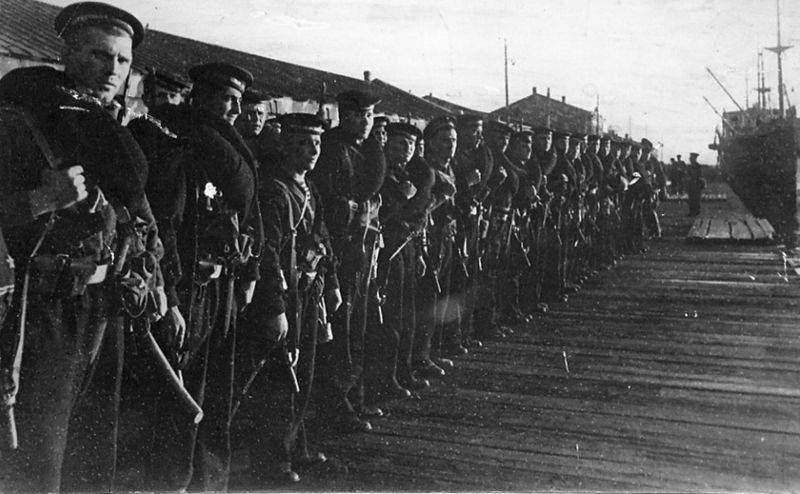
For 73 days, Soviet troops repulsed attacks of superior enemy forces with relatively modest forces. The Romanian army, with the support of the Germans, was never able to take Odessa by storm. Our troops retreated only by order, carrying out one of the best evacuations in World War II.
Soviet Odessa and the war
Odessa was one of the significant cultural, scientific and industrial centers of Ukraine. There were over 300 enterprises in the city, including such large ones as the plant of lifting and transport mechanisms named after the January Uprising, the machine-tool plant named after V.I.
The port of Odessa was significant on the Black Sea and the second largest in the Soviet Union, the main base of the Black Sea Shipping Company. There was a naval base of the Black Sea fleet... The city had 16 universities, 30 technical schools and specialized secondary educational institutions, 28 scientific institutions, dozens of theaters, clubs, libraries, museums, etc. More than 600 thousand people lived in Odessa, in terms of population it was second only to Kiev and Kharkov.
Odessa from the very beginning of the war was in the front-line zone. Therefore, in the very first days there was a military mobilization of people and transport, the industry was transferred to a military track. On June 23, the mobilization of those liable for military service began, thousands of volunteers went to the commissariats. Already at the beginning of the war in Odessa and the surrounding areas, more than 140 thousand people were mobilized or voluntarily left for the front.
Destruction battalions and people's militia were formed in Odessa. In the city, 6 destroyer battalions were created, which guarded important objects and order. The people's militia numbered more than 55 thousand people. The militias helped the militia, guarded factories and factories, built fortifications and studied military affairs. From among the girls, nurses and nurses were trained.
At the end of June 1941, the city began to be subjected to systematic bombing. A local air defense was established, which included: observation and communication service, shelters and shelters, fire-fighting, emergency recovery, medical-sanitary, anti-chemical - up to 3,5 thousand people in total. They were supported by larger self-defense groups in businesses, institutions and the residential sector.
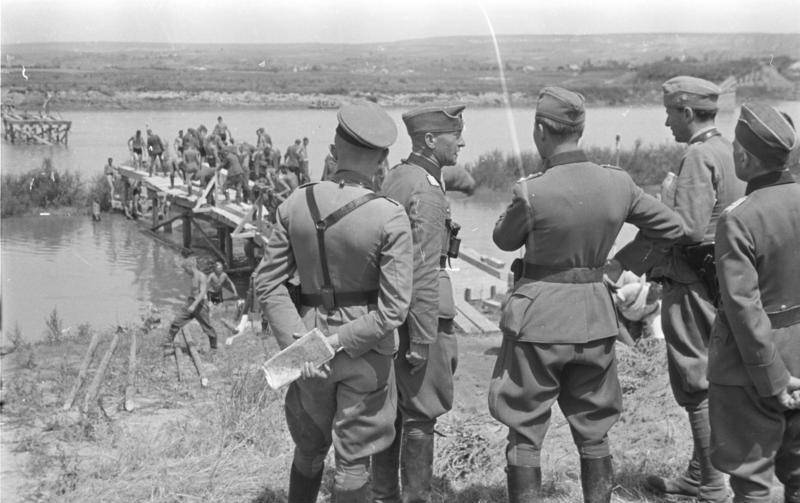
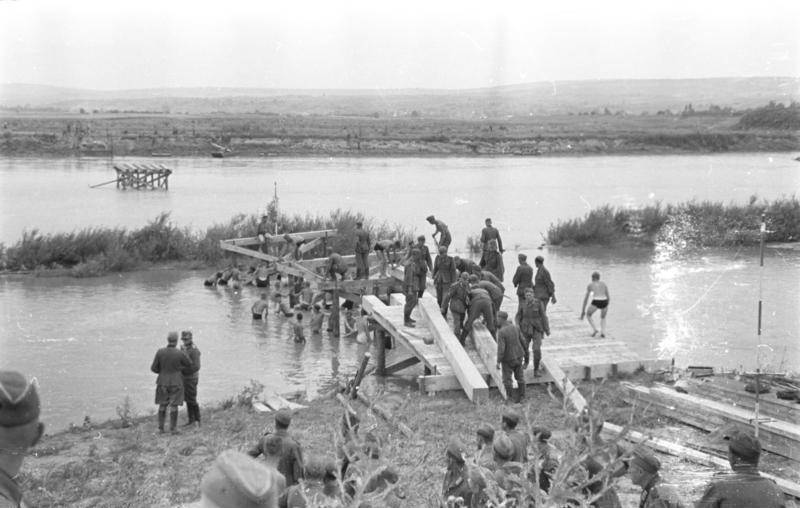
Breakthrough on the Southern Front
In the initial period of the war, the situation on the left flank of the Southern Front was relatively favorable.
From the mouth of the Danube to Reni and about a hundred kilometers up the Prut River, the border was firmly held by units of the 14th Rifle Corps of the 9th Army of Cherevichenko (it was formed on the basis of the Odessa Military District) and the Danube Naval Flotilla. On June 25, 1941, the Southern Front (SF) was created under the command of I. Tyulenev. It consisted of the 9th and 18th armies, subordinate to the command of the front of the 9th special (in the Crimea), 55th and 7th rifle corps and separate units.
The southern front was one of the quietest sectors in the first week of the war. Both sides fought for bridgeheads on the eastern bank of the river. Rod. The Germans created bridgeheads, some lost, attacked again. Our troops tried to push the enemy back across the Prut.
The Soviet troops on the southern flank were opposed by the 4th Romanian army of Nicolae Chuperca (5 infantry, 2 cavalry divisions and one motorized brigade). To the north, on the Chisinau and Mogilev-Podolsk directions, the 11th German and 3rd Romanian armies advanced.
The command of the Law Firm was waiting for the main blow of the enemy in the Kamyanets-Podolsk direction. The 11th German Army will break through the front and turn northeast to link up with the 1st tank a group that was advancing in the Lviv direction, and surround the armies of the Southwestern Front (SWF). Therefore, the most powerful and deeply echeloned group of forces of the Law Firm was created in the zone of the 18th Army, in the Kamyanets-Podolsk direction. 6 rifle divisions and the 16th mechanized corps were stationed there.
However, the Germans had other plans. They dealt the main blow with the direction to the east, to Vinnitsa, going deep into the rear of the SWF. As a result, against the shock group of the German 11th Army, on the right flank of the 9th Army, only 2 rifle divisions were in the first echelon. And the Germans - only in the first echelon had 6 infantry divisions and 2 cavalry brigades.
July 2, 1941, after a strong artillery and aviation Schobert's 11th Army divisions began an offensive supported by dive bombers from the air. Stretched out along the front for 40-50 km, the Soviet divisions could not hold back the blow of the German troops. By the end of the day, the front on the right flank of the 48th Rifle Corps of the 9th Army had been broken through.
Attempts by Soviet counterattacks by the forces of the 2nd mechanized corps of Novoselsky and the 48th rifle corps were unsuccessful. While the deployment of forces was going on, on July 3-4, the Germans advanced 40 km and struck our mobile formation in the areas of its concentration.
The mechanized corps went on the defensive. Another mobile reserve of the front, Belov's 2nd Cavalry Corps, was not immediately thrown into battle, its movement stalled in difficult terrain. In addition, the enemy blocked the accessible places with barriers and actively used aviation. Belov's corps had to be deployed, sent along a different road, and he entered the battle only on July 6. But time was lost, and the Germans were able to consolidate their success. Belov's horsemen only slowed down the movement of the enemy's 54th Army Corps.
As a result, on July 3-5, the Germans crossed the Prut in the middle reaches and launched an offensive on Mogilev-Podolsky and Kishinev. On July 7, the 2nd mechanized corps again tried to counterattack, but without success. The Germans covered more than 100 km and the advanced units of the 11th Army reached the Dniester in the Mogilev-Podolsk region.
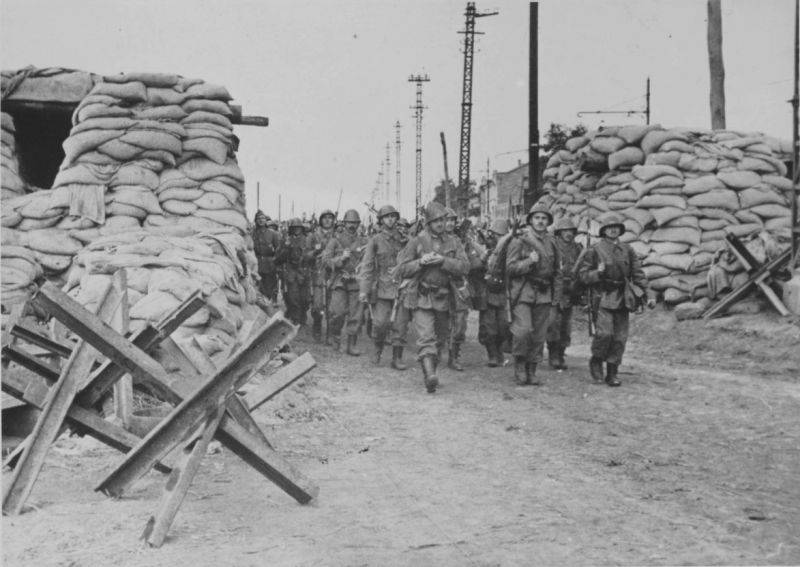
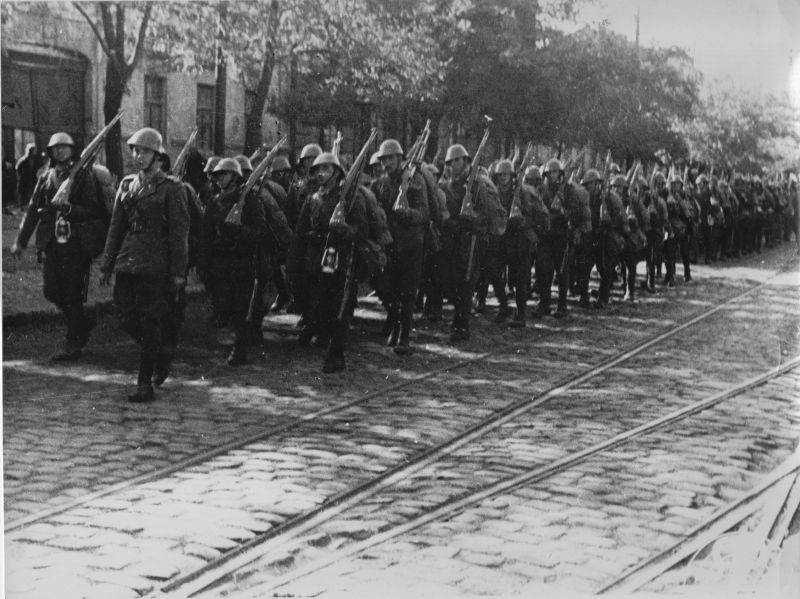
The value of Odessa
The enemy's breakthrough in the Mogilev-Podolsk and Chisinau directions created a threat to Odessa from land. The city was of great operational and strategic importance, as a large base of the Black Sea Fleet, an important transport hub through which the supply of the troops of the Law Firm went, and the industrial center of Ukraine.
The Hitlerite command also attached great importance to Odessa. The Germans could not count on their success at sea, where the Soviet Black Sea Fleet dominated. Therefore, it was necessary to capture its main bases - Odessa and Sevastopol, opening the way to the Caucasus. With the capture of Odessa and Sevastopol and the establishment of domination on the Black Sea, Berlin hoped to involve Turkey in the war against Russia.
Odessa was also part of the plans of the Romanian elite to create a "Greater Romania". Hitler and Antonescu came to an agreement according to which Bucharest was promised the lands of the Moldavian SSR for participation in the war with the Russians, the territory between the Dniester and the Bug, including Odessa.
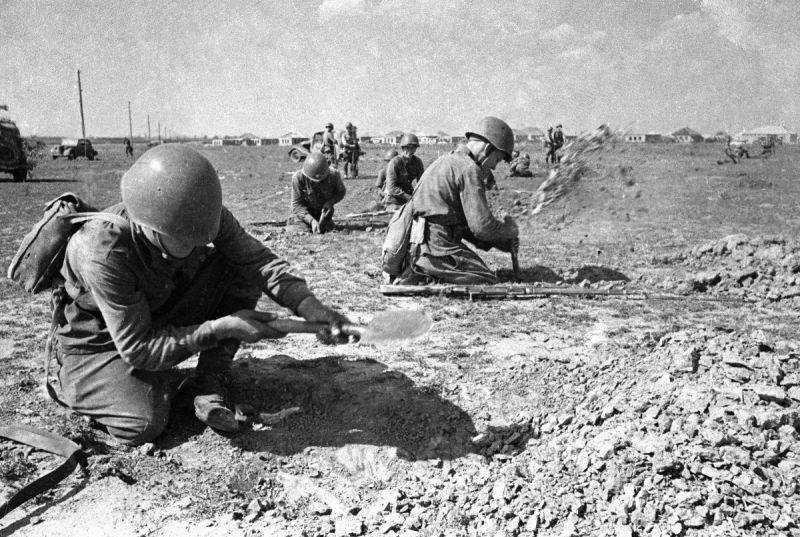
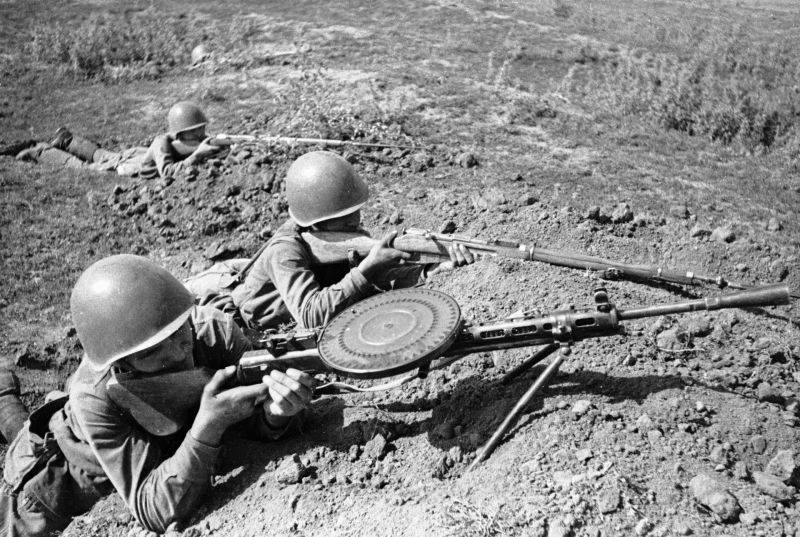
Primorsky group of troops
On July 8, 1941, from the left-flank formations of the 9th Army, the Primorsky Group of Forces was created under the command of N. Chibisov. The group included the 14th rifle corps (25th, 51st and 150th rifle divisions), the 26th and 79th border detachments of the NKVD, the Odessa naval base and the Danube military flotilla. The Primorsky group was supposed to provide defense on the Prut-Danube line and along the Black Sea coast to Nikolaev.
Soon the construction of defensive lines on the Odessa and Nikolaev directions began. On the approaches to Odessa, three lines of defense were created: 60, 40 and 20-25 km from the city. The Odessa naval base was preparing for defense. Two regiments of marines were formed. The cadets of the school of junior fleet commanders, the Red Navy coastal teams, and part of the personnel of the ships were sent to them.
At the same time, the city was preparing for defense. Every day more and more people were sent to the construction of defensive structures. At the same time, equipment and property of factories and plants, collective and state farms, machine and tractor stations, raw materials and foodstuffs were evacuated.
By mid-July 1941, the situation at the front worsened even more. The Germans broke through to the Kiev area, broke through the defenses of our troops near Mogilev-Podolsky and Kamenets-Podolsky, which led to the threat of encirclement of the 6th and 12th armies of the South-Western Front and the 18th army of the South-West Front. On July 17-18, the Soviet Headquarters ordered the withdrawal of three armies. The troops of the Law Firm, waging heavy battles, retreated to the east and southeast.
On July 16, the enemy captured Chisinau, creating a threat to cut off the Primorsky group of forces from the main forces of the Law Firm and a breakthrough to Odessa. On July 18, the Primorsky group of forces was instructed to withdraw to the eastern bank of the Dniester, where, relying on the Tiraspol fortified area and the Ackerman positions, with the support of the Black Sea Fleet, to prevent the enemy from breaking through to Odessa. On July 19, on the basis of the Primorsky group of forces, the Primorsky army was created under the command of Georgy Sofronov.
On the night of July 19, the soldiers of the 25th Chapaevsk division and other units, which had previously firmly held the southern section of the USSR state border, began to retreat to a new line. After stubborn battles on July 22, our troops left Izmail and a number of settlements on the left bank of the Danube. Before that, our troops withdrew from the bridgeheads that were captured on Romanian territory. The Dniester became the front line. Until the end of the month, units of the 25th and 51st rifle divisions and the Tiraspol fortified area held back the enemy.
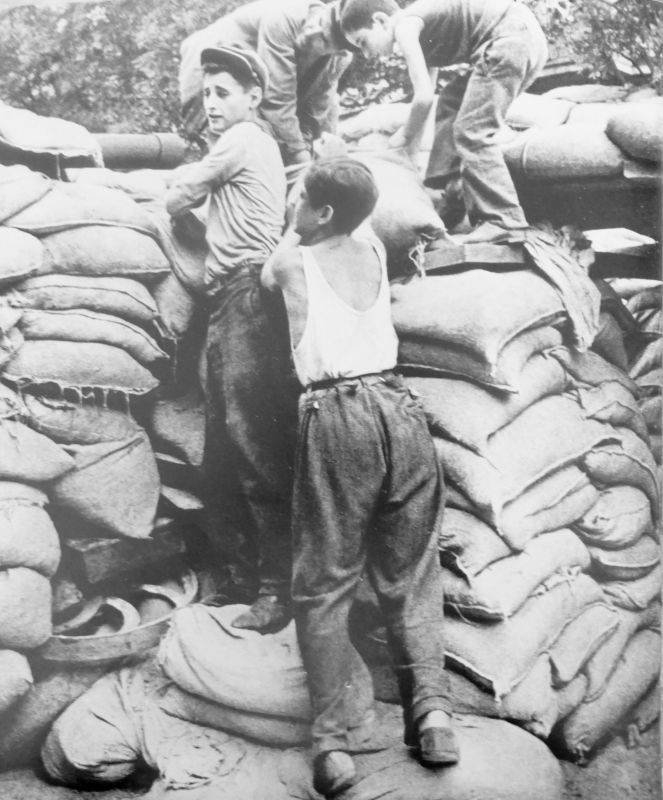
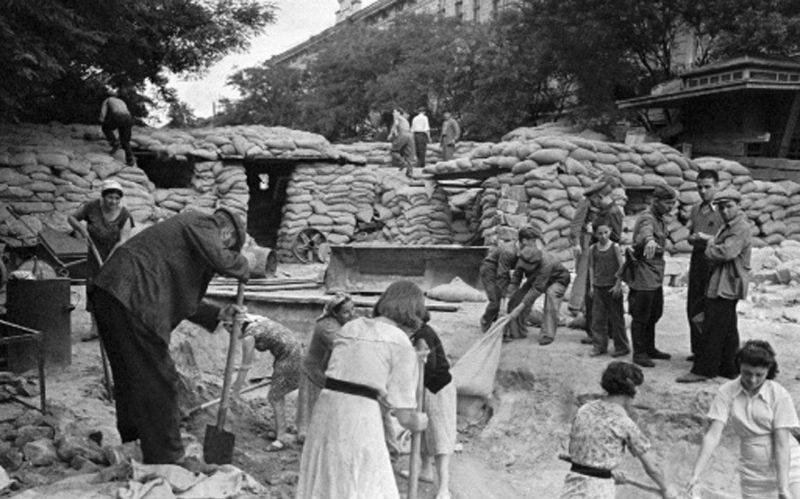
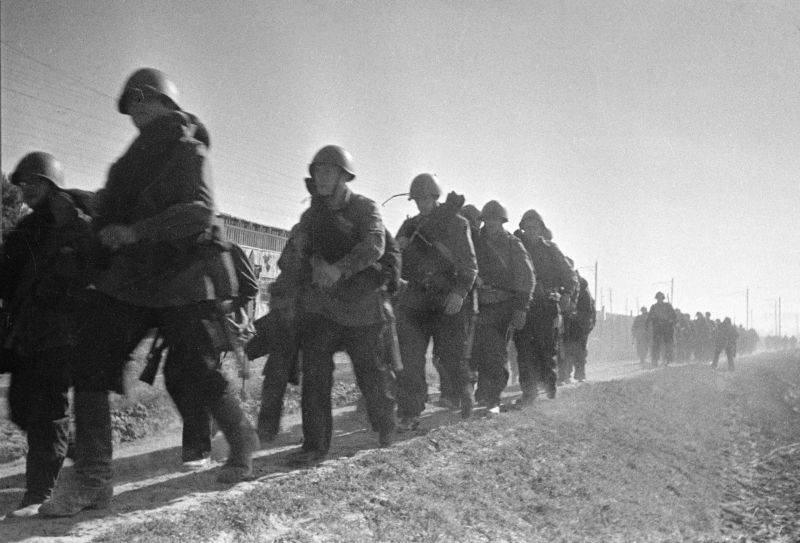
Breakthrough of the enemy to Odessa
In the meantime, the position of the LF troops became even more complicated. At the end of July 1941, the Germans and Romanians broke through to the north of Tiraspol at the junction of the 9th and Primorskaya armies and launched an offensive on Voznesensk and Odessa.
By this time, the 51st and 150th rifle divisions were withdrawn from the Primorskaya army to the front reserve, in exchange for them from the 9th army they were transferred to the Primorskaya 95th division.
In order to prevent the encirclement of the main forces of the front, the Headquarters gave instructions to withdraw. Parts of the Primorskaya army retreated to Odessa, the 9th and 18th armies - to the crossings across the Southern Bug to Nikolaev.
The situation was dire. The enemy bypassed the divisions of the Primorsky Army from the north and east, cutting off the SF from the main forces. On August 3, Pervomaisk fell, on the 7th - Voznesensk. There was a threat of the complete defeat of the Primorsky army and the capture of Odessa by the enemy. On August 5, the troops of the Primorsky Army withdrew to the northern borders of the Odessa region, to the Berezovka - Razdelnaya - Kuchurgan estuary line.
On August 4, 1941, the commander-in-chief of the South-Western direction, Marshal of the Soviet Union Budyonny and the chief of staff, Major General Pokrovsky, reported to the Headquarters the plan for the defense of Odessa. They decided to defend the city in order to put pressure on the enemy's flank. Odessa was supposed to be held by the Primorskaya army (three divisions) with the support of the militia. The most important role in the defense was to play our supremacy at sea. The defense of Odessa was facilitated by the presence on the flanks of large water lines in the form of the Dniester estuary in the west and the Kuyalnitsky and Khadzhibey estuaries in the northeast and east. At the same time, the command of the Black Sea Fleet ordered the ships to support the ground forces to the last shell and organize supply by sea.
On August 5, 1941, the Soviet Headquarters issued a directive to Budyonny:
Thus began the heroic defense of Odessa, which became one of the most glorious and bright pages of the Great Patriotic War.
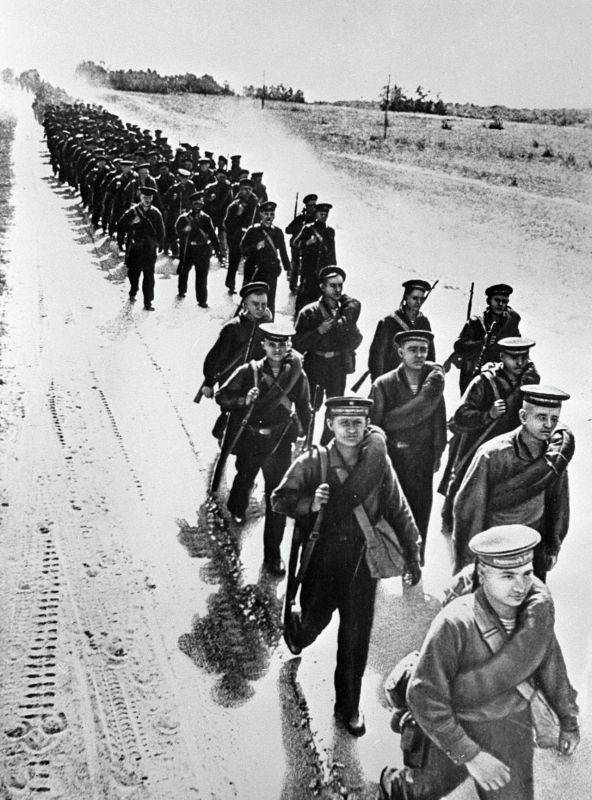
The forces of the parties
The 4th Romanian army (up to 300 thousand people, almost half of the armed forces of Romania) and individual German units were aimed at Odessa. At the beginning of August 1941, the 1st Guards, 3rd and 7th Romanian Infantry Divisions, units of the 72nd German Infantry Division were in the first echelon. In the second echelon there were 5 more infantry divisions and 1 cavalry brigade.
The city was defended by the Primorskaya army - the 25th Chapaevskaya and the 95th Moldavian rifle divisions of Colonels A.S. Zakharchenko and M.S. Sokolov. These were strong, well-trained formations, many fighters and commanders went through the Civil War, had a lot of combat experience. From the very beginning of the war, both divisions fought on the border and in battles showed firmness and perseverance. In heavy battles on the Danube, Prut and Dniester, the divisions retained their fighting spirit and combat effectiveness.
The Primorsky Army included the 1st Cavalry Division (later renamed the 2nd), formed in Odessa. The division had many veterans, red cavalrymen. The division was commanded by an experienced commander, Major General I.E. Petrov.
Odessa was also defended by: the 26th regiment of the NKVD border troops of Major Malovsky, formed on the basis of the 26th border detachment and replenished from other NKVD units; 136th Reserve Rifle Regiment, formed mainly from Odessa citizens; parts of the Tiraspol fortified area under the command of Colonel G. M. Kochenov. 5 battalions, 500 heavy machine guns and 321 - manual Tiraspol fortified area were taken to Odessa, when the enemy overcame the Dniester north of their positions. This made it possible to create a greater density of machine-gun fire, significantly strengthening the defense of Odessa.
From the air, the city was covered by the 69th Fighter Aviation Regiment and the 15th Air Defense Brigade. By August 5, the fleet had formed the 1st Marine Regiment (1 men) and was completing the formation of the 300nd regiment (2 men).
The balance of forces was in favor of the enemy. Odessa at the beginning of the defense was defended by more than 34 thousand people, 30 aircraft, there were no tanks. At the beginning of the battle, the enemy had a sixfold advantage in manpower, fivefold in artillery, had about 100 aircraft and 100 tanks.
However, the Maritime Army relied on the human and material resources of Odessa. The city immediately began to replenish the bloodless ranks of our divisions and regiments.
Already on August 5, more than 2 thousand volunteers - militiamen - went to replenish the army. Then every day the city gave over 1 soldiers. Thousands of civilians, together with engineering and construction battalions, erected fortifications and barriers. In particular, by August 5, more than 85 kilometers of anti-tank ditches were prepared. The entire city worked for the defense, all the remaining enterprises.
To be continued ...
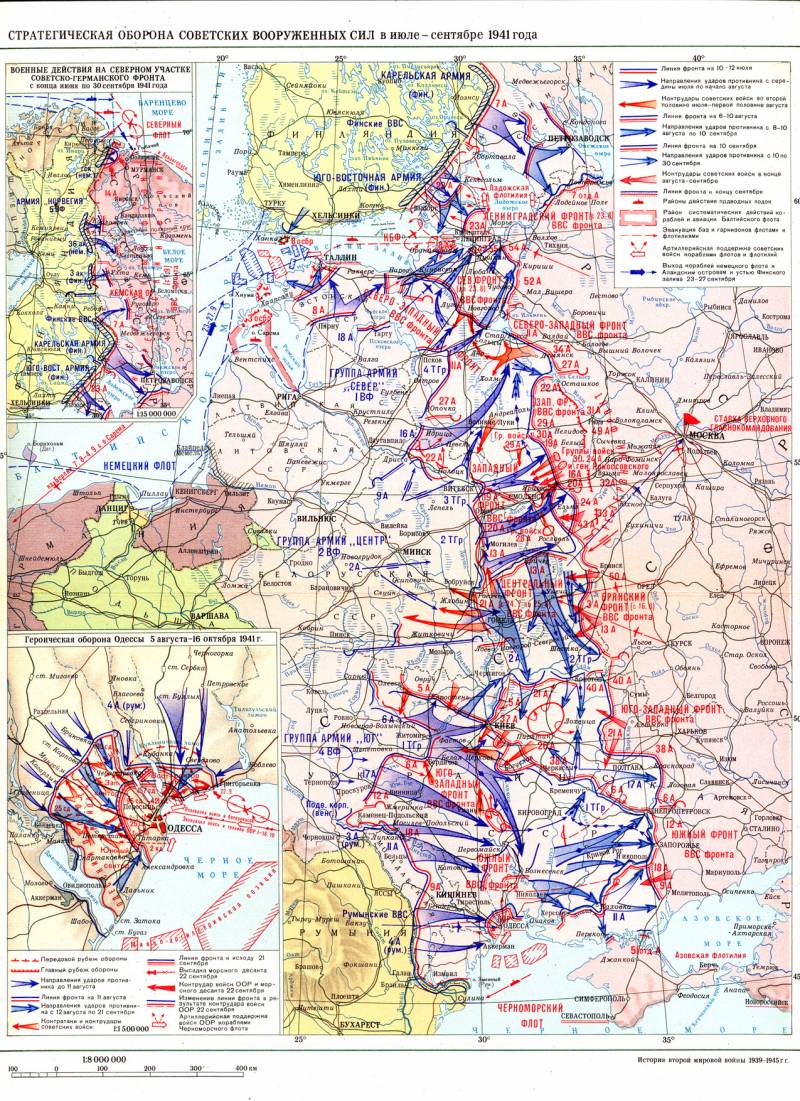
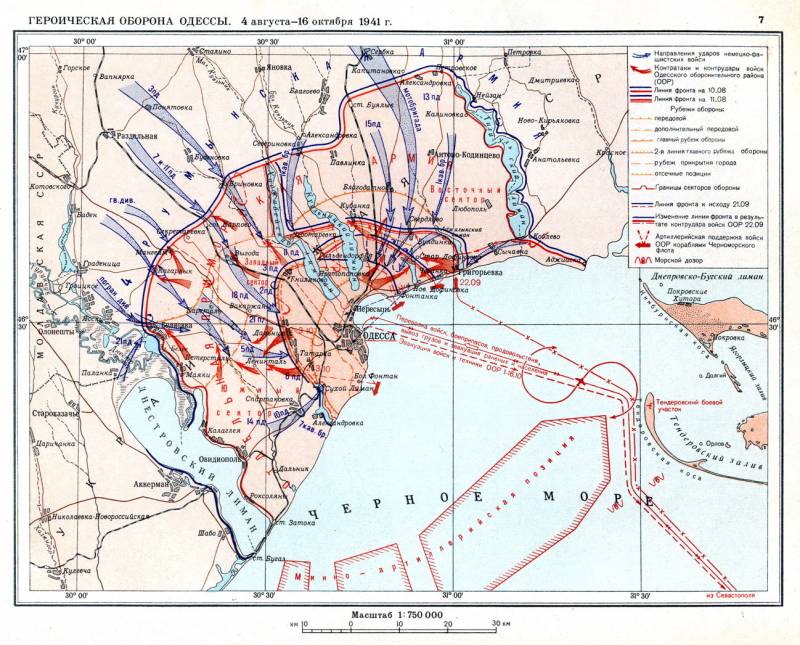
Information